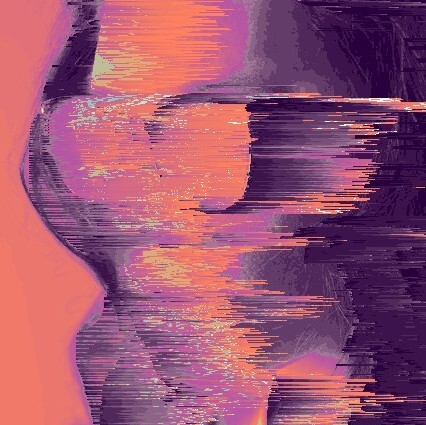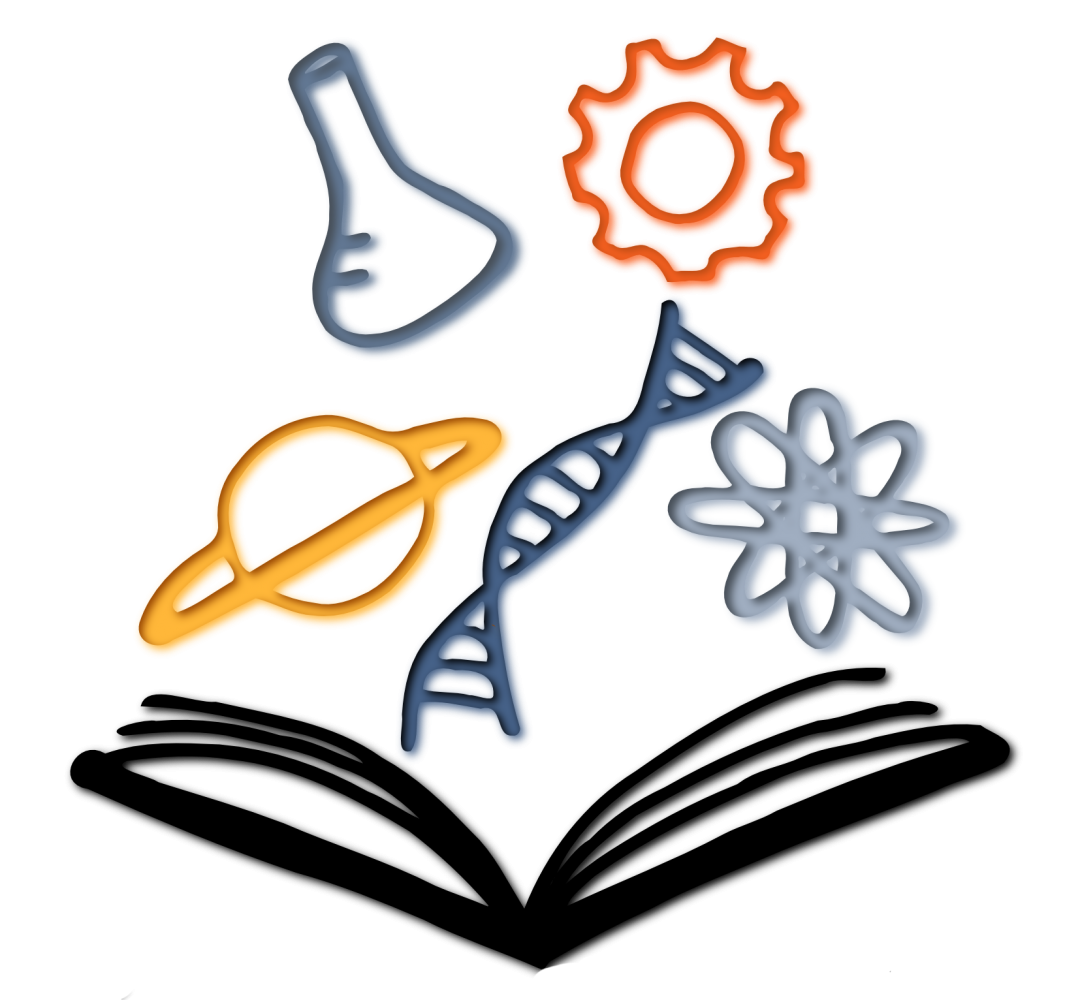

Technically couldn’t a ray emanating from a singularity rotate? Like, the point could have a sort of orientation without having any real measure?
Not saying that’s the case here, but I think it could happen.
Math bg, tinkerer, AI enthusiast, enjoyer and occasional creator of art and music.


Technically couldn’t a ray emanating from a singularity rotate? Like, the point could have a sort of orientation without having any real measure?
Not saying that’s the case here, but I think it could happen.
I have tried something like that before and absolutely hated it. But for your sake, I hope it catches on.
All through grad school, my running joke was that “Teen Talk” Barbie did nothing wrong. Math class IS tough. 😭
Depends how many holes you have in your socks. :)
Or whether your coffee cup has a handle.


That’s encouraging. Hopefully they’ll give it up. It’s ridiculous that anyone pursued this in the first place.
You got it! You’re welcome, I am still learning a lot myself. 😄
Edit: I may be a little confused about what you mean when you say narrower aperture. When you focus stack, you will be using a relatively wide® aperture, if you are not, you will need a somewhat narrow(er) aperture to get sharper focus.
Focus stacking is usually done in post. The option in your camera will most likely just take a series of photos with the focal point changing slightly every time, and you can stitch those together later. Photoshop will do it automatically, or you can do it yourself with masking on different layers.
There are some cameras that will do the stitching for you. I know the OM-1 (the camera I generally use) does this, and probably other models. I tend not to use it though since it saves the end result as a jpg and I prefer to process my own images from RAW.
I am in the same boat, not a pro, so my explanation may not be the best:
It’s more to do with the fact that when you are taking macro shots you are generally very close to your subject, and unless it is a very thin object on a single plane parallel to your lens, you often really have to stop down to get the entire subject in focus (like f/8 - f/11). If you are shooting at f/2.8 you might only get a single petal on your flower in focus.
So if you see a shot of a small object with some depth to it, which is entirely in sharp focus, but then you have a super creamy bokeh on objects that are only a couple inches further away, there is a good chance that it was achieved using a wider aperture and stacking the in-focus bits of several shots. That’s what I look for, anyway.
Hope that helps. B&H has good articles on DOF in macro photography and focus stacking that explain it better than I can!
When you have a really shallow depth of field on a macro shot, yet your entire foreground subject is tack sharp, it is often achieved by focus stacking. Otherwise, it can be quite difficult to blow out the background while having your entire subject in focus (even though it is quite small). I have done it with flowers before, so I think I am just used to the look. It has a sort of isolated, dreamy quality.
It is also great to take makeup off or products that build up (like sunscreen).
I’ve seen hairspray used on a clear filter to create a similar bloom effect!
Only if it contains no complex entries.
Beautiful! Are you using focus stacking here?


To be fair, I’ve written plenty of useful code as a hobbyist with the help of Chat GPT. Not good for writing anything factual or creative, but it’s a decent assistant at my level.
That was how all image macros looked in back my day, and we liked it!
There are nowhere near enough demotivational posters being dug up from back in the day.


I did find that the fake article titles were often too “on the nose” to be believable, so I guess that’s one level of filtering. But you are right, if you can’t explore the article and its sources, you are just guessing whether it is true based on whether it sounds or feels true.
I have another issue with the fact that a headline can be a “real” news headline, from a source that may have a veneer of reputability, but could still very much be full of bias. Is it “fake news” if the article exists and technically contains some verifiable facts, but is otherwise full of propaganda? It gets blurry.
When I said “ray” I just meant an imaginary line that could be drawn to extend in a given direction, not a literal particle escaping. It was mostly to think of a way you might conceptualize an orientation of an object that may not have any dimension. As in, if the matter just outside a singularity rotates, perhaps you could consider it to rotate? But I’m not sure that would be accurate to say anyway. My grasp of the physics of black holes is obviously pretty loose. :)
Thanks for taking the time to explain!